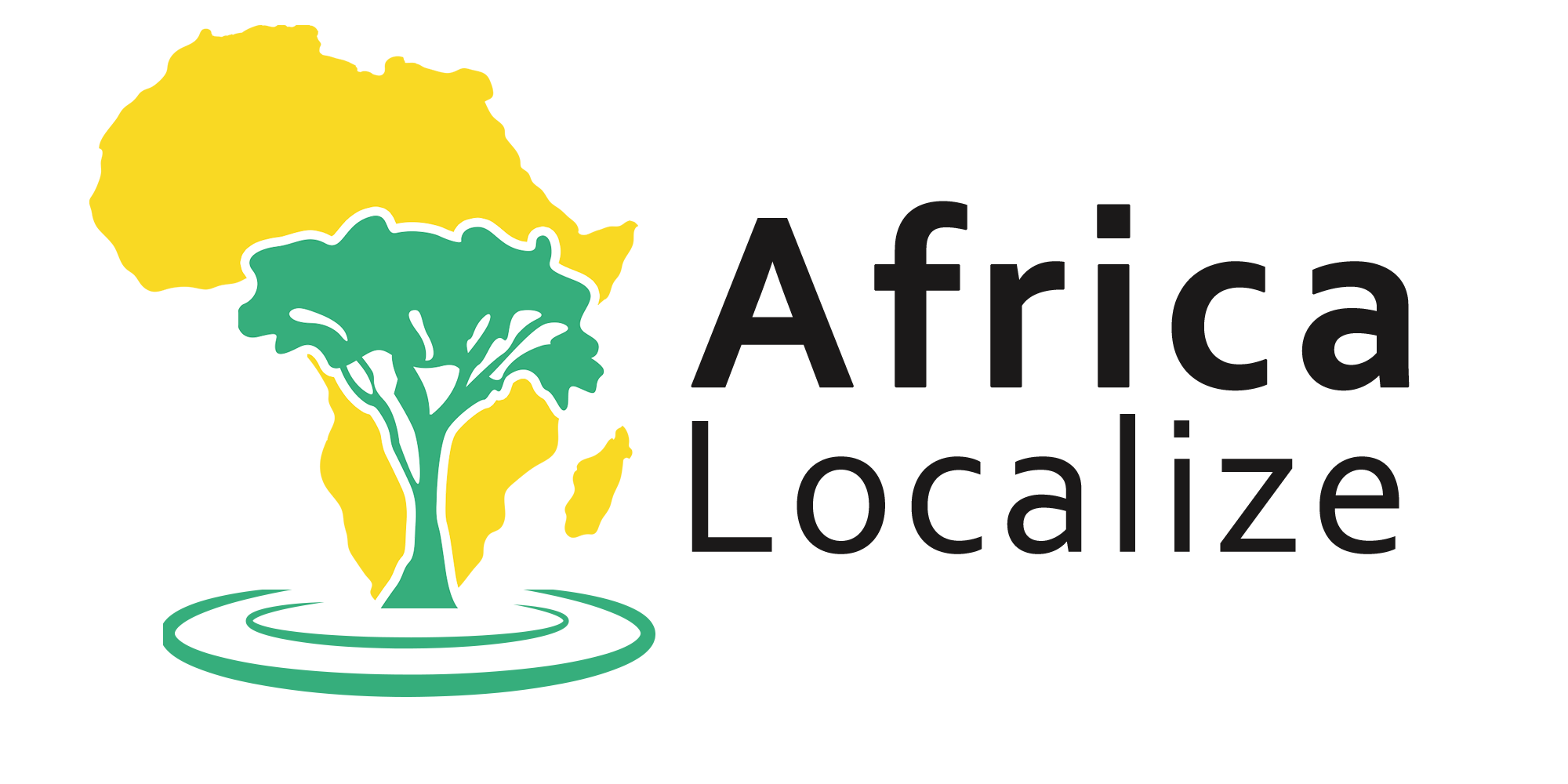How to Create a Multilingual E-commerce Website?

A multilingual e-commerce site is an online store that is available in multiple languages. This can be beneficial for companies because it allows them to reach a wider audience, as many people are more likely to purchase from a website that speaks their language.
The benefits of having a multilingual e-commerce website:
With more people looking for products online, you have a great opportunity if you create a multilingual copy of your online store.
Here are some benefits you can get:
- Wider reach: You can sell to customers from all over the world, regardless of their location or language.
- Improved SEO: By translating your content into different languages, you can improve your website’s ranking in search engine results pages (SERPs) for those languages.
- Greater customer satisfaction: Customers are more likely to buy from websites that offer content in their native language.
- Increased sales: A multilingual website can help you boost your sales and revenue.
How to create a multilingual e-commerce website?

Creating a multilingual e-commerce website is not as difficult as it may seem. There are many tools and resources available that can help you with the process.
There are a few steps you need to follow in order to make your website multilingual.
Step 1: Write Guidelines for your translation
You need to prepare guides for the language service provider you will hire for this project.
having clear instructions from the get-go can help you speed up the process and save translation costs by avoiding the multi-revision steps.
Your translation guidelines can include things such as:
- The target audience for your website.
- The overall tone and style of the site.
- Any industry-specific terms or jargon that should be used
- How do you want your brand to be portrayed?
- Any images or graphics that need to be translated along with the text.
Step 2: Find a reputable language service provider
Creating a multilingual website for your e-commerce business is not a one-off project.
You may work with the language service provider for years to come as you update the website by adding or removing products.
So, ensure you work with a professional language service provider. Here is a checklist you can use to vet them:
- How many years have they been in business?
- Do they have any industry-specific certifications?
- How large is their team of translators?
- What processes do they have in place to ensure quality control?
- Can they provide you with some customer references?
Step 3: Think about multilingual SEO
Many companies skip this step when they create multilingual websites.
But is it such a crucial step.
Creating a multilingual e-commerce website is not enough to attract organic traffic. You need to ensure your multilingual website appears in the local search results.
Here is how you can do it:
- Perform keyword research in each target language.
- Optimize your website’s metadata for each target language.
- Translate and optimize your website’s content for each target language.
- Create landing pages for each target language.
- Monitor your multilingual SEO efforts regularly and make adjustments as needed.
But you may be asking “Can I use Google Translate on my website?”
Yes, you can. But we don’t recommend it.
The biggest issue with using Google Translate is that it’s not very accurate. Sure, it has gotten better over the years. But there are still many errors that can slip through.
And even a small mistake in your website’s content could ruin the reputation of the company and cost the business dearly.
It’s just not worth the risk!
Hire a professional language service provider to translate your website instead. They have the experience and expertise to ensure all your content is translated accurately.
Frequently Asked Questions about “How to Create a Multilingual E-commerce Website?”
Conclusion
Creating a multilingual e-commerce website is not as difficult as it may seem. By following the steps outlined in this article, you can have your site up and running in no time.
Just remember to write clear guidelines for your language service provider, find a reputable one, and think about SEO from the start. Doing so will help you attract organic traffic and boost sales.
